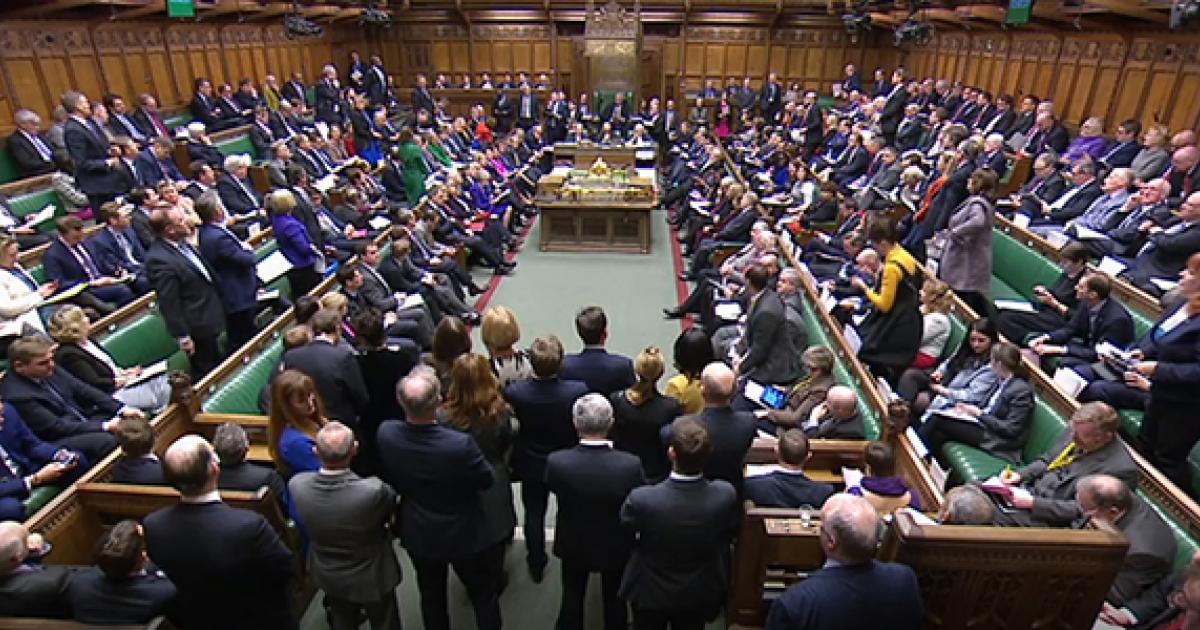I've not been a fan of Proportional Representation, only because one side of the family has Austrian roots. They say the government gets very little done, in fighting etc..
Interesting in the video on how the UK system works when you're voting with two or three parties. With the many parties now and more and more people no longer sticking to one party, and especially after this election, election reform is back for discussion.
So I did a spreadsheet to see what the argument is all about. The column "Seats PR" is what each party would have won seats wise under Proportional Representation. The "PR +/- Seats" is what each party needs to lose or gain seats to conform to the likes of Austria, Sweden, Demark etc.. in fact, 74 countries.
Like I said, never really been into PR but analysing this election out, I learnt -
1) How many political parties we actually have!
2) How many countries have PR, and some others have a combination of systems containing a part of PR
3) How badly represented the people in the UK are represented in the commons, I knew this happens but I didn't realise the scale of it
All figures from BBC's website
